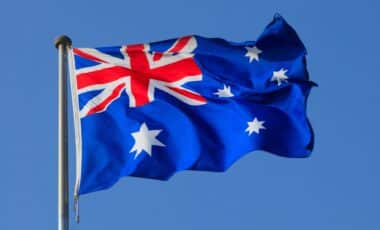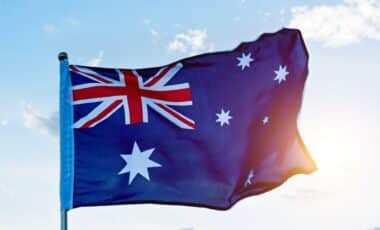The Australian federal government has pledged £573 million to improve women’s health, introducing new subsidies for contraceptives and menopause treatments. The initiative aims to ease financial burdens on women, expand access to essential medications, and support reproductive health services.
Subsidised Contraceptives and Menopause Treatments
As part of the initiative, new contraceptive pills will be added to the Pharmaceutical Benefits Scheme (PBS) for the first time in decades. This move is expected to reduce out-of-pocket costs for Australian women, making birth control more affordable. Additionally, the government will increase Medicare payments and extend bulk billing for intrauterine devices (IUDs) and birth control implants. These changes could save approximately 300,000 women up to £400 each.
For menopause treatments, medications such as Estrogel, Promentrium, and Estrogel Pro will be added to the PBS. Women could save up to £290 per year, while those with a concession card could see annual savings of £577. The government also emphasised that these subsidies would help secure a stable supply of these medications, some of which have faced shortages in the past.
This inclusion in the PBS is particularly significant given that :
- Some menopause treatments have faced supply shortages, making it difficult for women to access essential medication.
- Rising living costs have forced many to choose between healthcare and other essential expenses.
Expanded Medicare Support for Women’s Health Services
The health package will introduce new Medicare rebates for menopause health assessments, which will be available from 1 July. This measure is aimed at improving medical support for women going through menopause and perimenopause, a demographic that has often been overlooked in healthcare policies.
Additionally, the government will expand the number of endometriosis and pelvic pain clinics from 22 to 33, with a focus on providing specialised care for menopause-related conditions.
This expansion is the result of two parliamentary inquiries into women’s health, which led to recommendations for better services:
- A menopause inquiry, which presented its report in September 2024, highlighting gaps in treatment access.
- A reproductive health inquiry, which submitted its findings in May 2023, advocating for broader reproductive healthcare services.
Political and Medical Community Response
The policy has received bipartisan support, with opposition shadow minister Michaelia Cash acknowledging that the plan builds upon previous efforts under the Coalition’s National Women’s Health Strategy.
Health experts and advocates have also welcomed the announcement. Dr Nisha Khot, vice president of the Royal Australian and New Zealand College of Obstetricians and Gynaecologists (RANZCOG), praised the initiative for making vital medications more affordable and accessible. She noted that cost is often a significant barrier, particularly in the context of the rising cost of living.
The Australian Medical Association (AMA) also described the investment as a major step forward for women’s healthcare.
At the same time, some areas remain unaddressed, particularly regarding:
- Abortion access, which was highlighted in the reproductive health inquiry but is not included in the current package.
- State and territory responsibilities, as the federal government maintains that surgical abortion services fall under regional jurisdiction.
Limited support for abortion access
The government has acknowledged that while access to medical terminations has improved, the latest package does not introduce new measures for surgical abortion access.
- The Labour Party had previously committed in 2019 to ensuring all public hospitals provided surgical pregnancy terminations or accessible alternatives, but this is absent from the current policy.
- Minister for Finance and Women, Katy Gallagher, stated that abortion services remain under the remit of states and territories.
- Assistant Health Minister Ged Kearney encouraged state and territory governments to improve access, stating that services should be available “when and where women need them”.
A Step Forward, but Gaps Remain
With the first PBS changes set to take effect on 1 March, this initiative represents a significant investment in affordable reproductive healthcare and a broader effort to improve women’s health services across Australia.
However, gaps remain, particularly in :
- Abortion access, which continues to depend on state policies.
- Full implementation of parliamentary recommendations, as not all suggestions from the menopause and reproductive health inquiries have been adopted.
These areas may require further policy developments in the near future.









